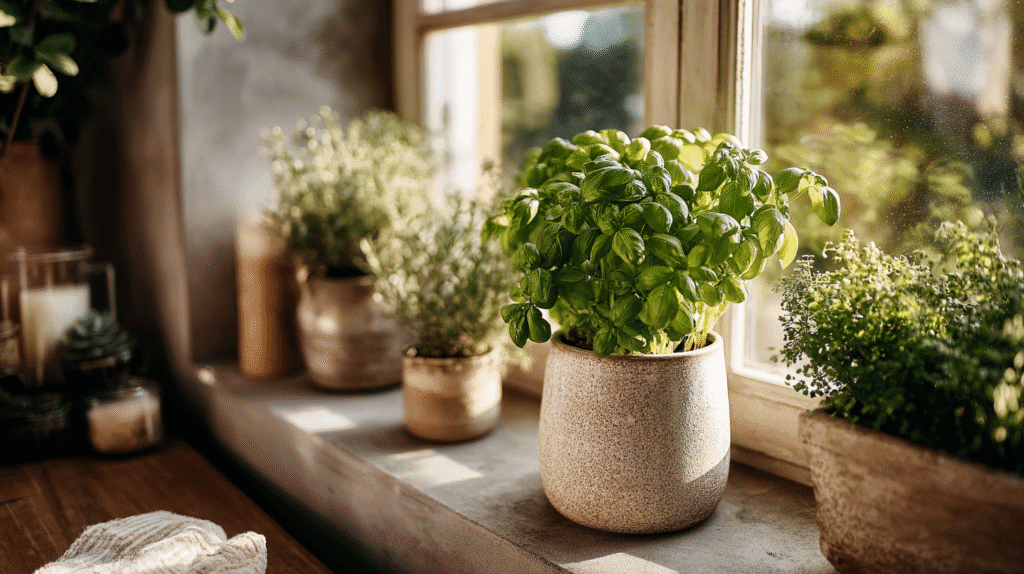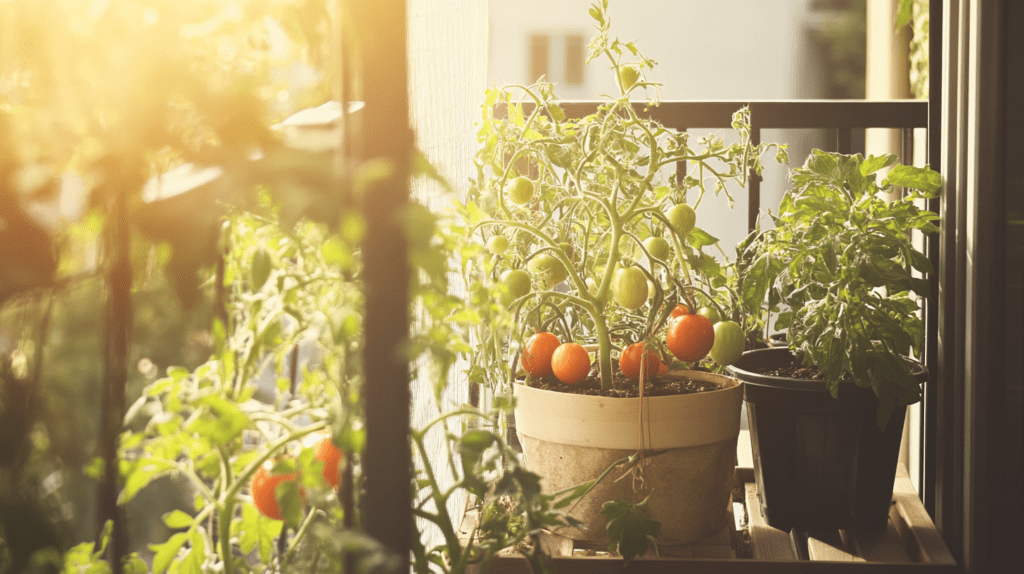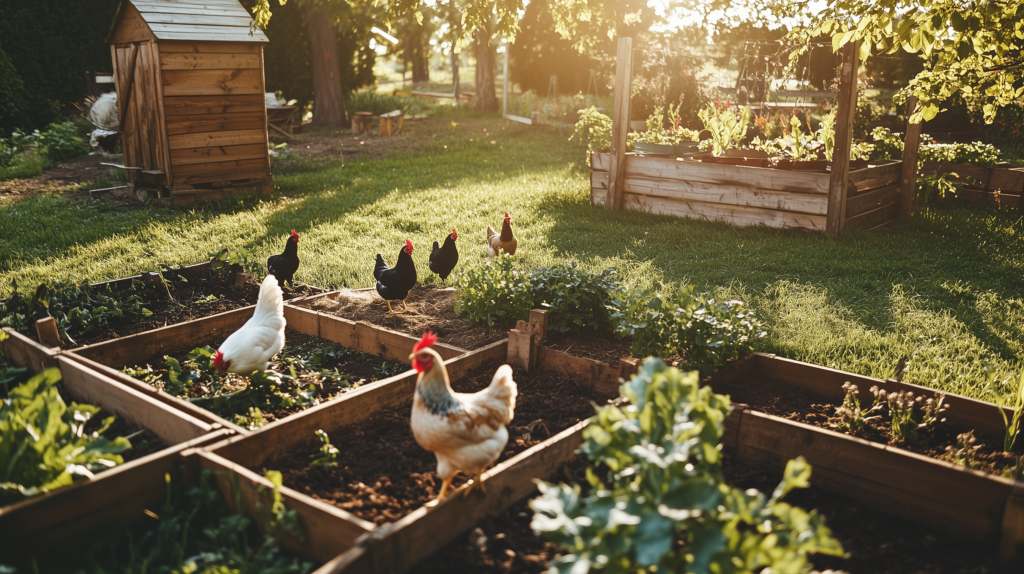This post may contain affiliate links, including those from Amazon Associates. If you make a purchase through these links, I may earn a commission at no additional cost to you. Learn more about our affiliate policy.
When most people picture homesteading, they imagine wide fields, sprawling gardens, and chicken coops.
It’s a beautiful image, but it can feel impossible when you live in a small apartment in the middle of a city. The truth is, homesteading isn’t defined by acreage. It’s defined by a mindset of self-reliance, creativity, and connection to what sustains you.
I’ve learned that even in a 500-square-foot apartment, it’s possible to embrace the spirit of homesteading.
You won’t be raising goats or milling grain, but you can still grow food, reduce waste, and bring simple, nourishing practices into your daily life. Urban homesteading in a small space is less about what you can’t do and more about what you can do. And what you can do is plenty.
Here’s how to begin.
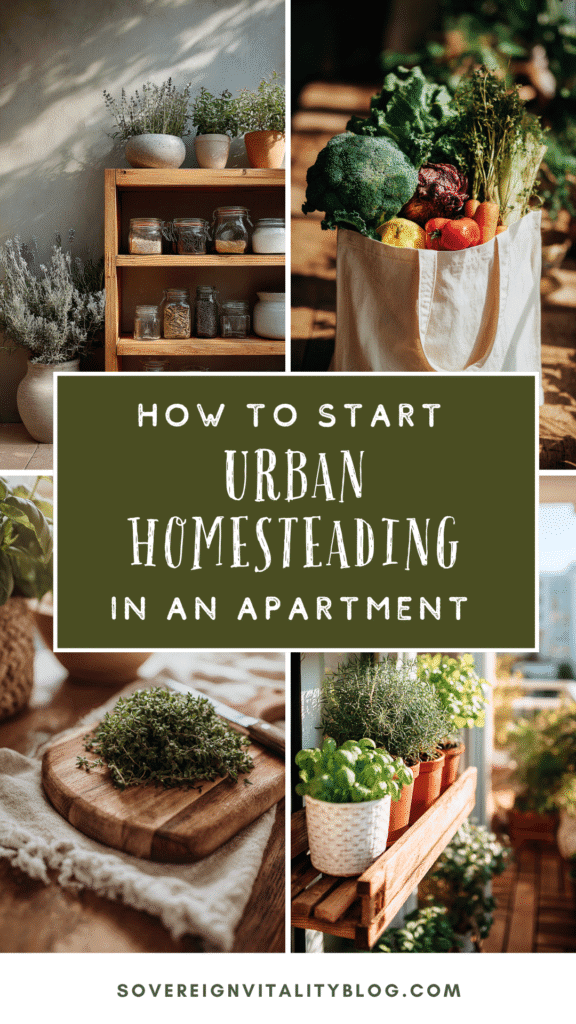
Begin with mindset and small goals
Before you buy seeds or containers, ask yourself why homesteading appeals to you. Is it the idea of growing fresh herbs for your meals? Reducing reliance on grocery store packaging? Learning to make more from scratch?
Homesteading is not a one-size-fits-all lifestyle.
Defining your “why” will help you choose one or two small areas to begin with rather than trying to overhaul your whole life. Maybe you start with windowsill herbs or commit to making your own natural cleaners.
Once those habits feel natural, you can expand.
Assess your space and light
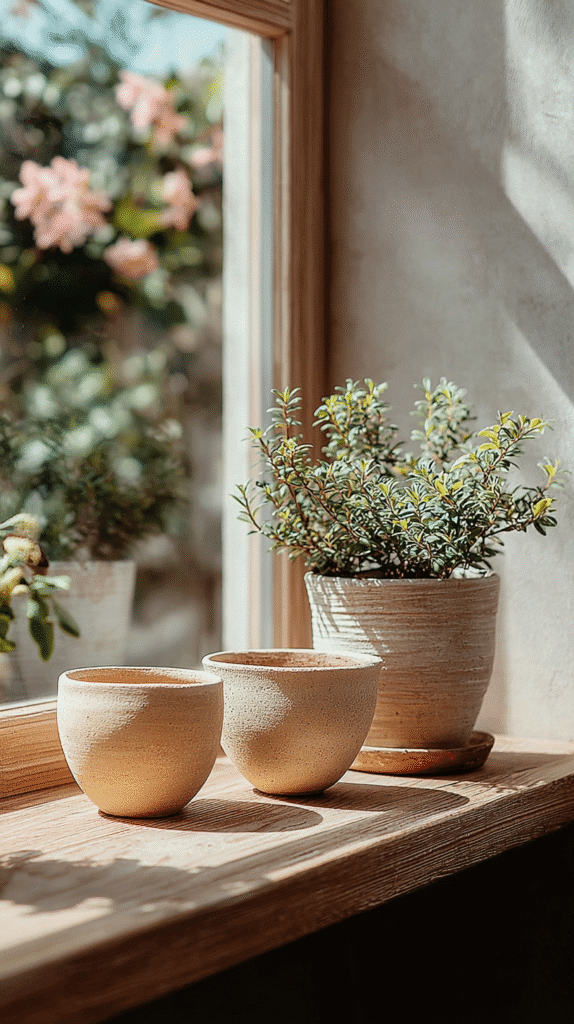
In a small apartment, every inch matters. Take a good look at your windows, balcony, or even wall space.
Where does the sunlight fall?
Do you have a south-facing window that gets bright light for hours, or do you need to supplement with a small grow light?
Measure your windowsills and corners that could hold shelves. Even a few feet of vertical space can host a tiered planter or a row of mason jars with herbs.
If you have a balcony, think of it as a miniature homestead plot waiting to be filled with pots and boxes. Here’s how to start a container garden for renters.

Grow easy foods first

Start with the plants that give you the biggest reward for the least effort. Herbs like basil, parsley, thyme, and chives are almost foolproof and grow happily in small containers.
Microgreens are another excellent choice, they sprout in just a week and pack a nutritional punch. Leafy greens like spinach and lettuce do well in pots and grow back after harvesting.
Once you’ve mastered the basics, you can try dwarf varieties of tomatoes or peppers if your space and light allow. To get ideas for beginners, check out these easiest vegetables to grow in containers.
Even one sunny wall can become a living pantry when you think vertically.
Use containers and vertical space wisely
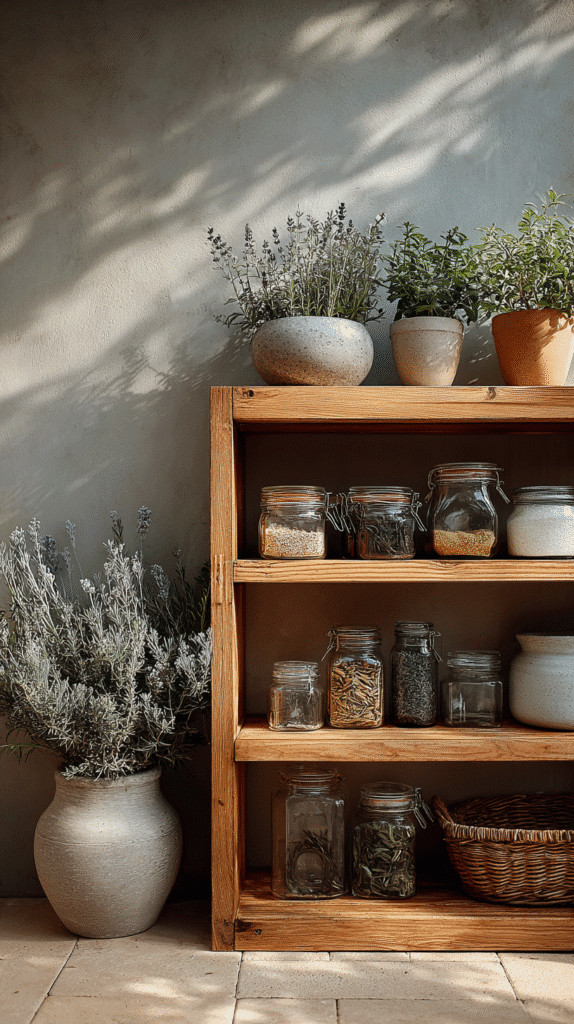
Containers are your best friend in apartment homesteading. Look for pots with good drainage, repurpose jars or tins, or use fabric grow bags that tuck easily into corners.
On balconies, long planter boxes maximize surface area. Indoors, vertical shelves, hanging planters, and wall racks allow you to grow upward instead of outward.
Hydroponic or aerogarden systems are another option if you lack natural light. They can be more expensive to start, but they often pay off in steady, easy harvests of greens and herbs.

Soil, watering, and care
Invest in good potting soil rather than using dirt from outdoors, it’s lighter, drains better, and provides the nutrients your plants need.
A mix of soil and compost or coco coir will help retain water without becoming soggy.
Watering is one of the trickiest parts in small spaces.
Too much water leads to root rot; too little dries plants out quickly. Check soil moisture with your finger before watering. In apartments, it helps to keep a small tray under pots to protect surfaces from leaks.
Harvest and use what you grow
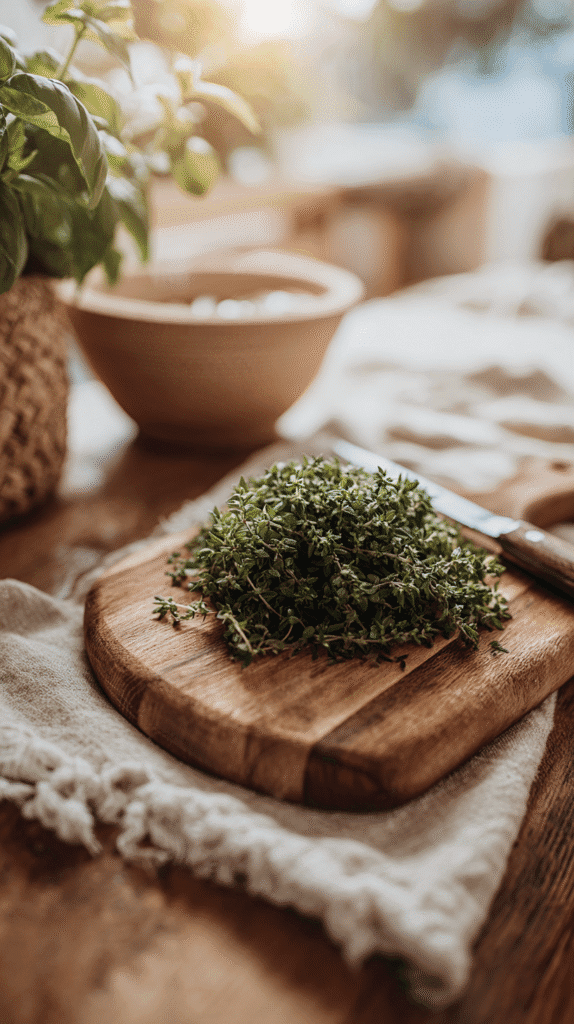
The first time you snip fresh basil from your own windowsill and stir it into dinner, you’ll understand the magic of urban homesteading. Harvest herbs and greens often to encourage new growth.
Use them generously in meals and you’ll feel less pressure to make everything perfect when you know more will grow back.
If you find yourself with extras, consider simple preservation methods.
Drying herbs is as easy as tying them in small bundles and hanging them in a dry place.
Freezing chopped herbs in ice cube trays with olive oil creates handy flavor boosters for cooking. These little practices save money and reduce waste while extending the life of your harvest.
Beyond plants: other homestead skills
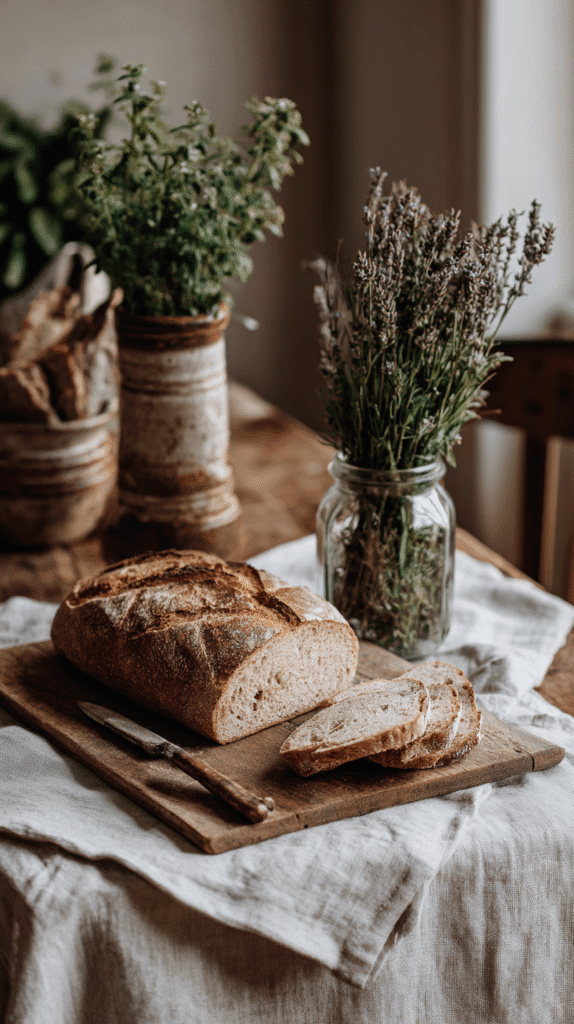
Homesteading isn’t only about growing food. It’s also about reducing reliance on disposables and learning to make what you need with simple tools. Apartment homesteading can include:
- Composting: If your city collects organic waste, a small countertop bin is all you need. If not, a bokashi bucket or worm bin works indoors with minimal odor.
- DIY cleaning products: Simple blends of vinegar, baking soda, and castile soap keep your home clean without chemicals or extra plastic. If you’d like ideas, my guide to DIY natural cleaner recipes walks through easy blends you can make in minutes.
- Cooking from scratch: Sourdough bread, yogurt, or soups may sound daunting, but starting with one weekly scratch-made item builds confidence and reduces dependence on packaged goods.
Stretching your food budget
Part of the homesteading mindset is using what you have wisely. Cooking in batches, preserving seasonal produce, and shopping smartly keep food costs low.
If you’re curious about how to do this, I’ve shared a step-by-step guide on building a clean eating meal plan on a budget. With just a little planning, you can enjoy wholesome meals without overspending.
Build community even in the city
You don’t have to do this alone. Many cities have community gardens where you can rent a plot, swap produce, or simply learn from others.
Online groups, local seed swaps, and even conversations with neighbors can open doors. Urban homesteading grows richer when you share knowledge and resources.
A 30-day starter plan
If you want a roadmap, here’s a gentle way to begin:
- Week 1: Gather pots, soil, and seeds. Plant a small windowsill herb garden.
- Week 2: Add one leafy green or microgreen tray. Observe how much light and water your setup needs.
- Week 3: Learn one new homestead skill, such as drying herbs or making a DIY cleaner.
- Week 4: Cook a meal using only your homegrown herbs and preserved items. Reflect on what worked and what you’d like to try next.
Closing reflections
Homesteading in 500 square feet looks different than it does on acres of land, but the spirit is the same. It’s about slowing down, learning to provide for yourself in small but meaningful ways, and celebrating each harvest no matter how modest.
Every jar of dried herbs, every pot of greens, every homemade cleaner is a step toward sovereignty. It’s proof that even in the heart of a city, you can live with more connection, more resourcefulness, and more calm.
Choose one step today—maybe it’s planting parsley on your windowsill or mixing up a natural all-purpose spray. Each action is a seed planted, and over time, those seeds will grow into a life that feels rooted, resilient, and yours.

